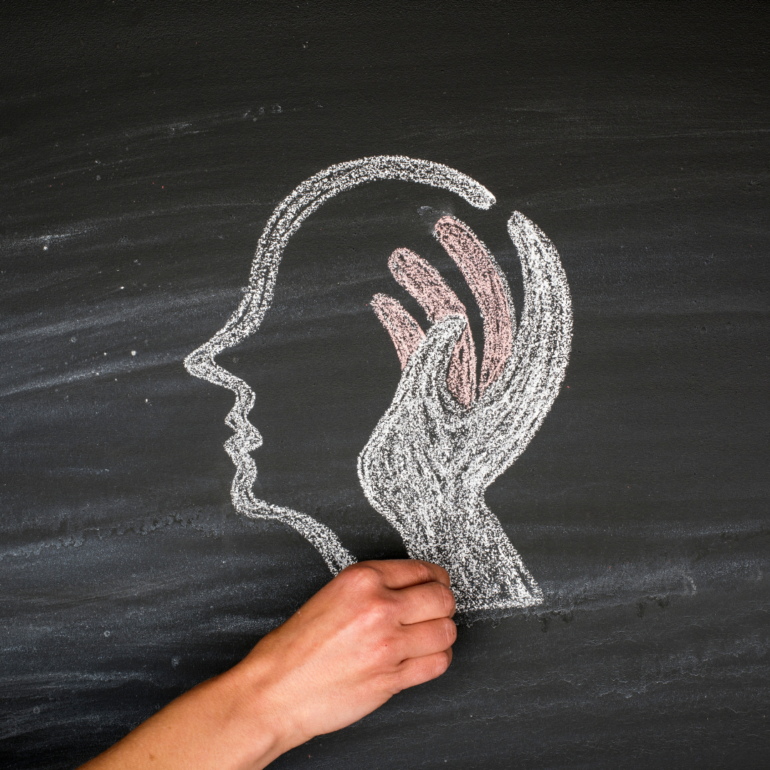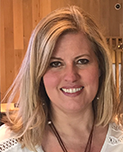Scientists are tracking a surge in despair stemming from pandemic-driven isolation and fear as lockdowns trickle into year two, and the numbers are sobering. A study by the U.S. Census Bureau revealed that up to 42% of respondents were experiencing some form of anxiety or depression, up from 11% the previous year.
Recently, Make It Better Media Group Founder & Chief Visionary Officer Susan B. Noyes and psychologist and writer Kristen Jones Neff sat down with three leading mental health experts to discuss the pandemic’s influence on mental wellness.
On the panel: Dr. John Walkup, chair of the Pritzker Department of Psychiatry and Behavioral Health for Ann and Robert H. Lurie Children’s Hospital in Chicago; Dan Hostetler, executive director of Above and Beyond Family Recovery Center; and Brandon Staglin, president of One Mind. Here is what they had to say about the “hidden pandemic” of mental health.
What mental health challenges are you seeing during the pandemic?
“We’ve seen a definite upswing in demand for youth mental health services during the pandemic,” Walkup said. “In a normal year we average about 28,000 outpatient visits, but this past year topped 31,000 outpatient visits.”
Walkup attributes this to kids having more flexible schedules due to distance learning, and the rise of online appointments which eliminates the need to travel to appointments. “On average, 20 percent of kids will have a mental health problem before they graduate from high school,” he said. “But more of them are getting the help they need.”
Hostetler said his clinic, Above and Beyond Family Center, is a walk-in behavioral facility that provides free services to populations that often don’t have the means to pay, which often includes people of color, formerly incarcerated individuals, veterans and homeless people. “We’ve been on a crescendo. As soon as word got out that we were open, many folks who’d been shut out of shelters came knocking on our door.”
He added that “we are already preparing for the ‘hidden pandemic’ after this pandemic subsides, because we think there will be a fallout from what we are seeing today in terms of more individuals requiring mental health services.” His clinic has already seen significant spikes in PTSD, complex traumas and an overall higher level of frustration.
“We know that only about half of children nationally with mental health issues get any kind of assessment or treatment,” Walkup said, “meaning that during a pandemic, those who have a psychiatric disorder but don’t get evaluation or services, those are the ones who are really going to have a tough time.”
How has the pandemic affected economically disadvantaged or other marginalized communities?
Walkup said youth who live with questionable economic security are among those who have been hit the hardest. “These are kids who were unstable before the pandemic, but now they are losing housing and food security and are facing big environmental changes. They are going to really struggle, including those who have mental health problems.”
There’s also the repercussion of losing older adults within minority populations. “The older generations in minority families tend to hang on to the pillars of culture and language; they provide great strength to the younger families,” Walkup said. “Covid-19 goes after those older adults relentlessly, so it’s important to think about the impact to those communities over the next couple of decades if we lose large numbers of elders who provide that kind of structure.”
What signs should parents look for in their kids that may indicate a mental health issue?
Walkup said one’s family history is the biggest cue in terms of warning signs. Autism, ADHD, anxiety disorders, depression and psychosis all run in families, so make sure to know the risk that runs in your own family.
He considers age-of-onset cues to be equally important. “Anxiety, which is the less recognized of all the disorders, can start between the age of six and 12. Depression shows up in the mid-teens; psychotic disorders show in early adulthood,” he said. “If you know your family history and those target ages you can look for signs.”
The signs? “Anxiety is fear and worry, plus difficulty falling asleep. Depression is loss of energy and a change in overall vitality, and psychosis is withdrawal and distortion of reality,” Walkup said.
Staglin said if a teen or young adult experiences any signs of mental health issues, but he or she can’t recognize those signs, there is a method others can use called “listen, empathize, agree and partner” (LEAP). Listen and let them know you hear what they are saying. Empathize so they know you are listening. Agree on what to do next. Tell them you will partner with them on every step of the way to reach their goals.
What can parents do to keep themselves and their children mentally healthy during distance learning and the other pandemic challenges?
Staglin underscores that sleep is extraordinarily important for mental health. “With all the disruptions caused by the pandemic it’s been harder to maintain a regular routine, but if you build your schedule around your sleep and prioritize that, you will be able to thrive,” he said.
Walkup urged families to maintain a routine. He recommends that parents formalize both wake up times and bedtimes, set parameters around the time family spends together and establish boundaries to create a sense of security and predictability.
“It’s important that parents don’t worry too much,” Walkup said. “There is a lot of fear mongering out there. The vast majority of kids will do well during this pandemic, even though they won’t forget it.”
More from Better:
- Top CBD Goodies for Social Distancing: Get the Best CBD Products Delivered
- You Said It: Innovative Leadership Zooms in on Crisis
- Feeling Lost or Powerless in the Face of COVID-19? Try Giving Back
Donna Berry Glass is a freelance writer in Marin County who writes mostly about family and kid-oriented topics. When she’s not writing, she enjoys spending time with her family exploring the natural beauty of Marin, snuggling with her Cavalier King Charles spaniel while reading a good book or whipping up something delicious in her space-challenged kitchen. Donna is a supporter of the California Academy of Sciences, a world class science museum and research institution, and the Institute on Aging which provides much needed services to seniors and disabled individuals.


